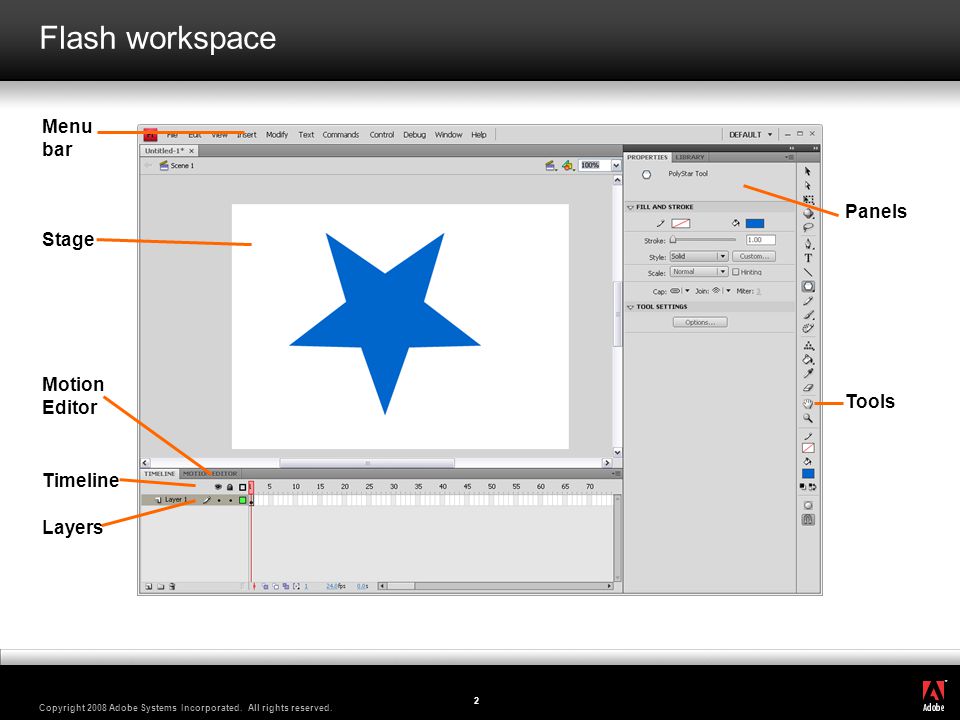


In this tutorial, I’ll show you how to take any video clip, use Premiere Pro CS4 to create a new clip with embedded XMP transcription metadata, and convert that XMP metadata into cue points in an FLV file that can be played in Flash player 9 or 10. The name of each cue point is actually the text of the transcription at the cue point time. It turns out that another product in the CS4 suite, Soundbooth, provides the key functionality required to create these cue points. So the challenge is to turn the XMP transcription metadata into cue points. What it can read are cue points, or named and timed markers that can be embedded in an FLV file and are used either for navigation ("go to" points in the video) or for triggering events ("do this" points in the video). When you export a movie from Premiere, the autotranscribed text is embedded as XMP metadata, which the Flash player cannot read. What would it take to display that transcript alongside a Flash video? Could I then allow viewers to click on any word in the transcript to navigate to that point in the video? If so, could I, for instance, get a nontechie organic farmer to simply narrate a table of contents for a video on organic farming?Īll this and more is possible, but getting the transcription into Flash in a usable form is a bit tricky. If you’re into Flash video, this is the kind of feature that gets you dreaming. Not only that, but the transcript is embedded in the video file, tightly synced with the video itself. The latest version of Adobe’s Premiere Pro (CS4) added the ability to automatically generate a text transcript based on speech in a video. Creating Automatic Transcripts in Flash Video Using Adobe CS4


 0 kommentar(er)
0 kommentar(er)
